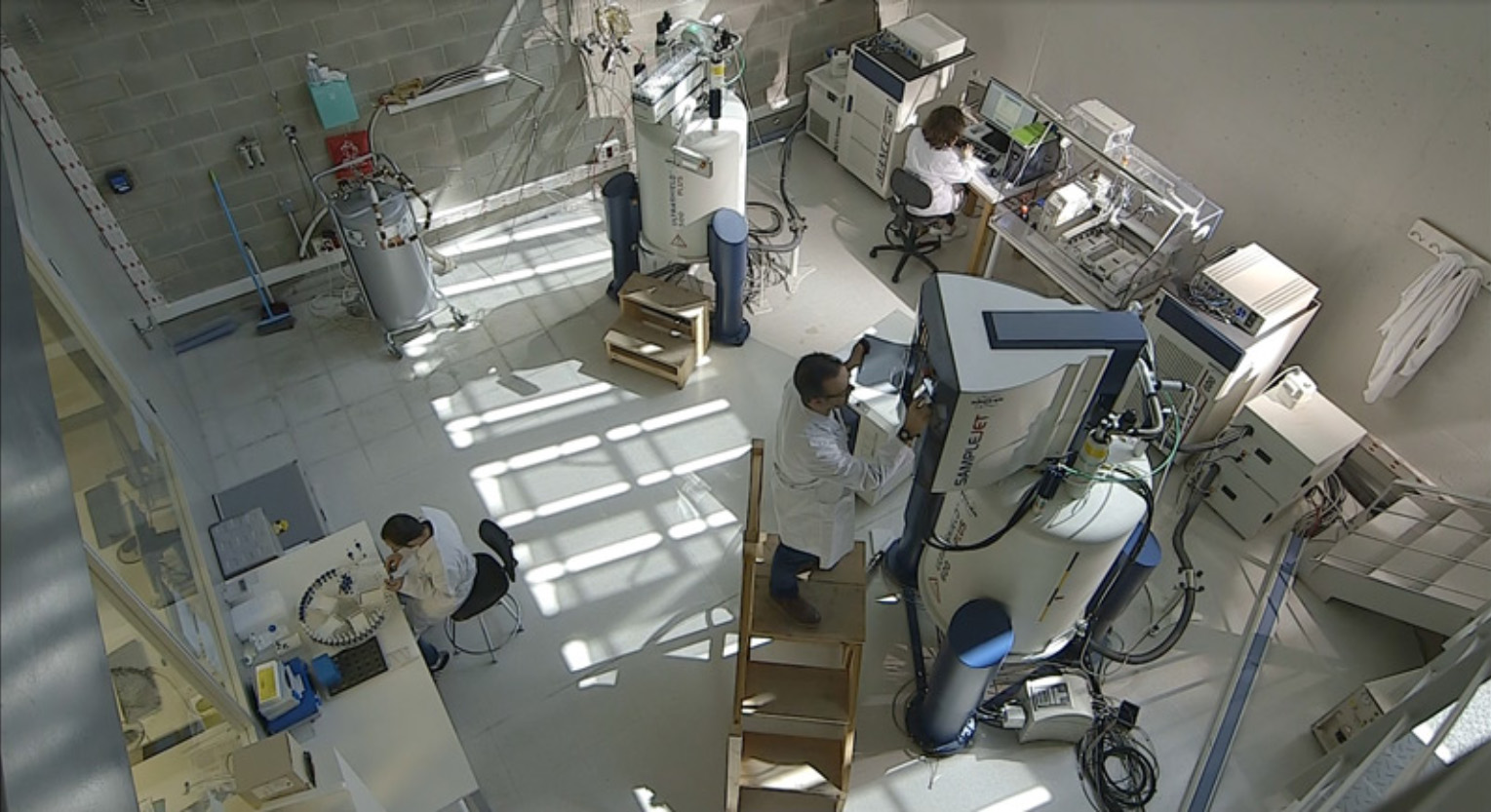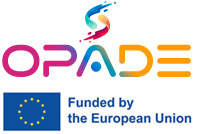Center for Omic Sciences highlights the potential of metabolomics and nuclear magnetic resonance for personalized nutrition and medicine
December 15, 2023.![]()
The Omic Sciences Center, a mixed unit of the Eurecat technology center and the Rovira i Virgili University, highlights the technique of nuclear magnetic resonance (NMR) and its potential at the COS 2023 Annual Symposium, which took place in Reus and online. for the study of people’s biomarkers to promote personalized nutrition and medicine.
Nuclear magnetic resonance (NMR) “is an analytical technique that can be used to study the metabolic profiles of different organisms,” explains the technical director of the Center for Omic Sciences, Núria Canela, adding that in the context of nutrition and personalized medicine, “metabolomics can provide valuable information about changes in metabolite levels that are associated with diet, nutritional status, and individual response to different treatments.”
In this way, by applying the NMR technique, specific metabolic profiles can be determined for each individual in samples such as blood, urine, feces or tissues. “These profiles help us identify metabolic biomarkers that are associated with specific health conditions or diseases, and that can be used to diagnose diseases, predict health risks and design personalized treatment strategies, while allowing the monitoring of the individual response to medical treatments and personalized therapies,” details Núria Canela.
Specifically, with regard to nutritional studies, “many metabolites detected and quantified by NMR in urine and blood samples have great potential as biomarkers of metabolic alterations related to unhealthy lifestyles and dietary habits and, in combination with Classic biomarkers used in clinical practice allow us to accurately evaluate the person’s health status and detect risk factors for diseases that can be prevented or effectively mitigated through strategies based on precision nutrition,» explains the director of the Area. of Eurecat Biotechnology, Antoni Caimari.
Thus, nuclear magnetic resonance is used, for example, in the metabolomics studies carried out in Reus in the PAS-GRAS project, which addresses the main determinants that contribute to the risk of obesity in the most vulnerable populations, including children in prepuberty, adolescents and young adults, to treat and prevent obesity on an individualized basis, prevent the appearance of related health problems and design nutritional intervention strategies.
In the nutritional studies of this European project, led by the University of Coimbra (Portugal), the Center for Omic Sciences and the Nutrition and Health Unit, of the Eurecat Biotechnology Area in Reus, they analyze different biochemical parameters of the participating people and They study the epigenetic and metabolic fingerprints that allow identifying strata or groups in obesity and associated risks.
On the other hand, Eurecat Reus works on the European OPADE project for the identification of key biomarkers in major depressive disorder to support health professionals in their decision making and increase the precision in diagnosis and antidepressant treatment.
Specifically, the research team focuses on the analysis of different multi-omics data from hundreds of patients with severe depression to search for predictive biomarkers that allow a more precise diagnosis to be made to guide their treatment on an individualized basis thanks to personalized medicine, for which which uses NMR technology together with mass spectrometry, to analyze changes in patients’ metabolome before and during treatment.
COS Annual Symposium 2023
The Omic Sciences Center of the URV and Eurecat, node of the OmicsTech Singular Scientific and Technical Infrastructure (ICTS), has shown in its annual symposium the potential of metabolomic studies based on the nuclear magnetic resonance platform as an outstanding research tool biomedical and nutritional, for understanding the metabolic profiles of organisms, cells or tissues.
The event, which had the collaboration of Bruker, was held in person at the Eurecat Reus facilities, and also online.
Research staff and experts from the Center for Omic Sciences, Eurecat, the Rovira i Virgili University, the Miguel Agustí Foundation, Bruker Española, SERIDA and Biosfer Teslab have participated.





